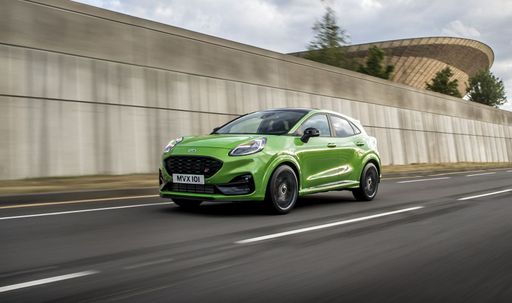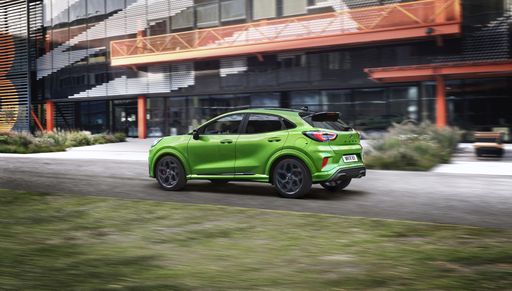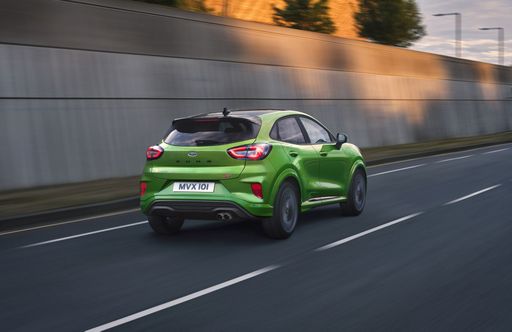A New Era of Compact SUVs: Ford Puma vs Volvo EX30
In today's competitive SUV market, the Ford Puma and Volvo EX30 are carving their niches by merging innovation and distinctiveness. Both offer a modern driving experience, but their approaches couldn't be more different. Let's dive into a detailed comparison of these two intriguing models to see what sets them apart.









